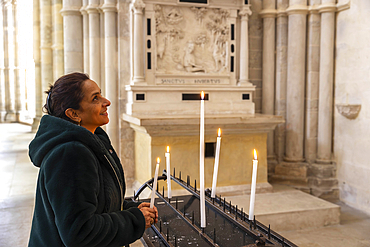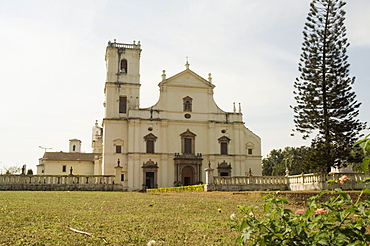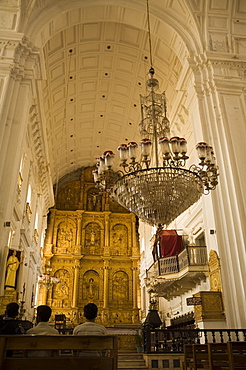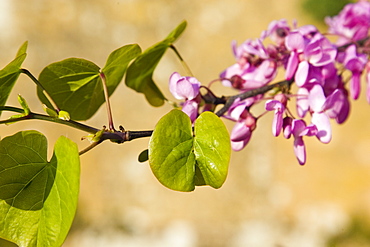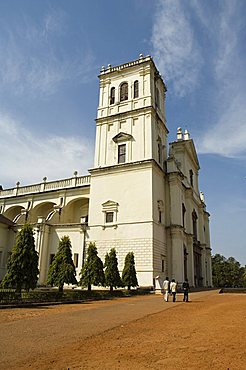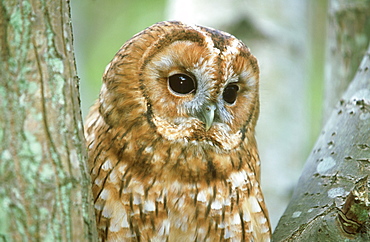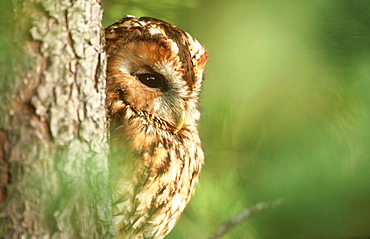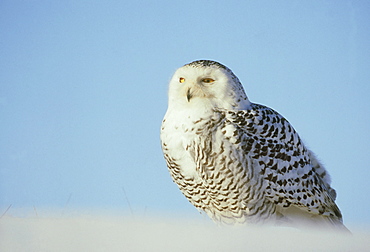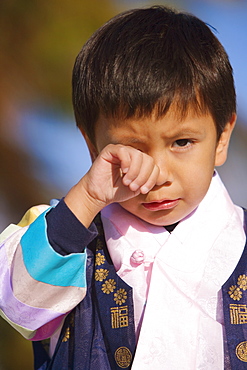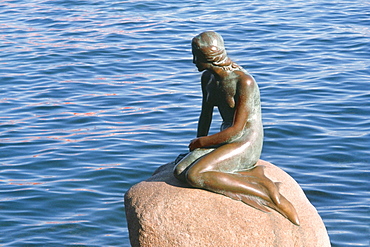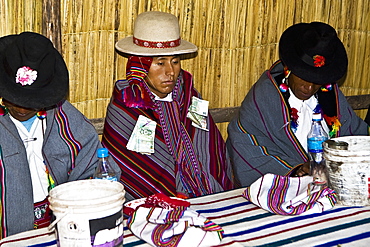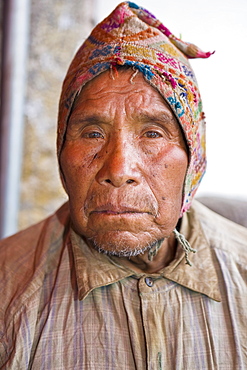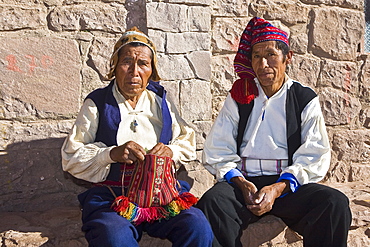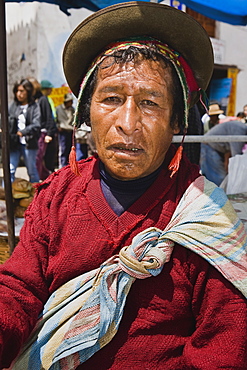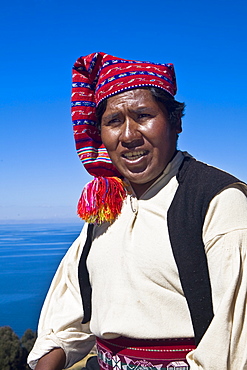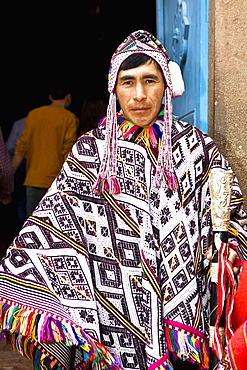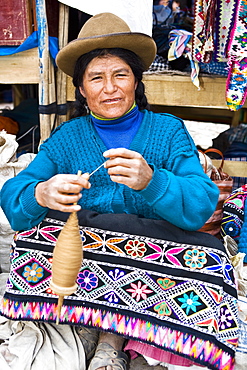Results
26 results found
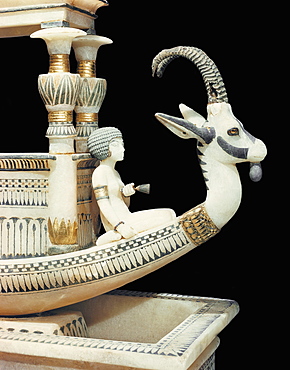
Prow of the alabaster boat showing the head of a Syrian ibex and a figure thought to be princess Mutnedjmet, from the tomb of the pharaoh Tutankhamun, discovered in the Valley of the Kings, Thebes, Egypt, North Africa, Africa
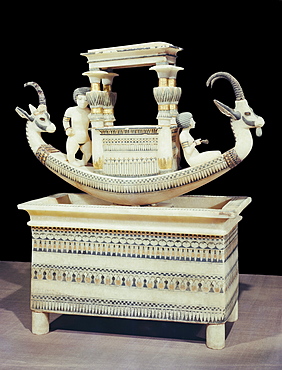
Alabaster boat showing the head of a Syrian ibex and a figure thought to be princess Mutnedjmet on the prow, from the tomb of the pharaoh Tutankhamun, discovered in the Valley of the Kings, Thebes, Egypt, North Africa, Africa
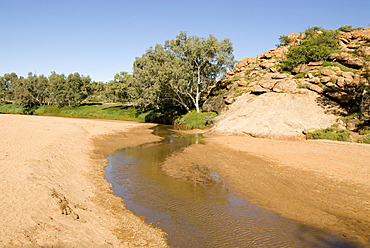
The surviving pool in the normally dry riverbed, thought to be a spring from bedrock so was named Alice Springs, in the town of the same name, Alice Springs, Northern Territory, Australia, Pacific
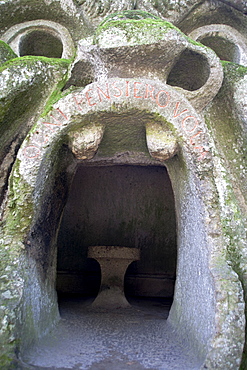
Ogni pensiero vola (Every Thought Flies), Parco dei Monstri (Garden of the Monsters), Sacro Bosco, Bomarzo Gardens, near Viterbo, Lazio, Italy, Europe
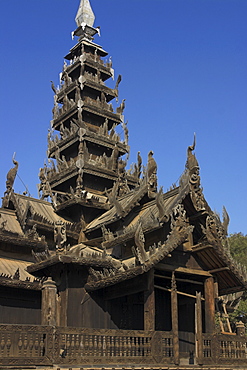
Ancient wooden monastery of Nat Taung Kyaung (May-taung Taik) thought to be the oldest wooden monastery in the area, Bagan (Pagan), Myanmar (Burma), Asia

Words (fate brings visitors to Kaiyuan) on a red wall in Kaiyuan Temple, first established 738AD, Chaozhou City, Guangdong Province, China
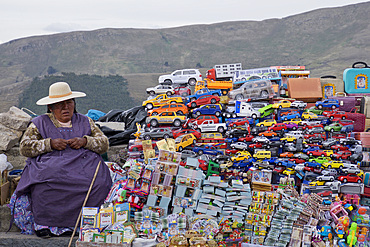
Traditional miniature cars and money thought to give good luck for sale at a stall in the resort of Copacabana on Lake Titicaca, Bolivia, South America
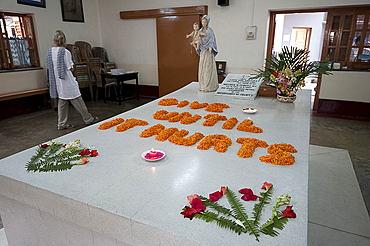
The day's selected thought spelled out in marigolds on the tomb of Mother Theresa, Kolkata, West Bengal, India, Asia
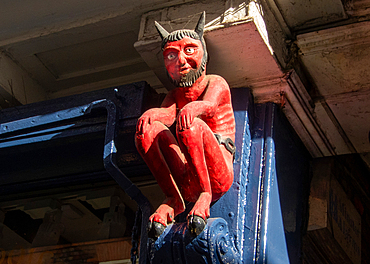
The Stonegate Devil, aka the Printer's devil, is a carving thought to date from the 17th Century above no 33 Stonegate in the ancient center of York. At that time Stonegate was full of printers who were thought by some to be practicing a dark art.
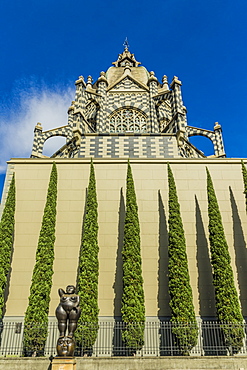
A view of the Rafael Uribe Uribe Palace of Culture with the Fernando Botero statue Pensamiento (Thought) in the foreground, Medellin, Colombia, South America
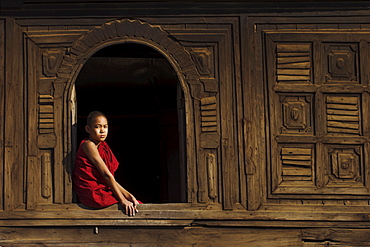
Novice monk sitting in window of 18th century wooden monastery of Nat Taung Kyaung (May-taung taik) thought to be the oldest wooden monastery in the area, Bagan (Pagan), Myanmar (Burma), Asia
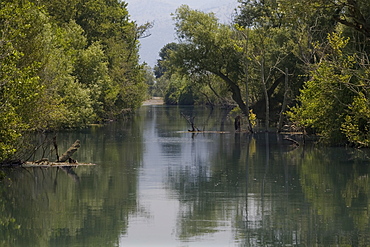
River Acheron, thought to be the river Styx, the River of the Dead in Greek legend, Epirus, Greece, Europe
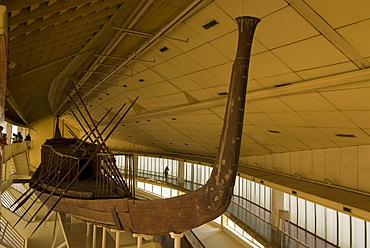
Solar Funeral boat, thought to be at least 4000 years old, in its purpose built museum near the Pyramids, Giza, near Cairo, Egypt, North Africa, Africa
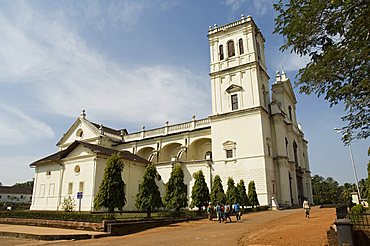
Se Cathedral, thought to be Asia's biggest church, Old Goa, UNESCO World Heritage Site, Goa, India, Asia
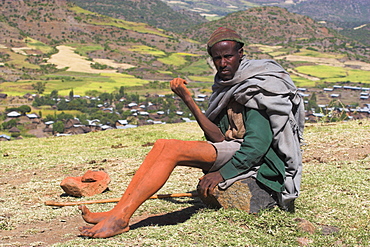
Pilgrim sitting on rock near church with mud on limbs which is thought to have magical healing properties, Lalibela, Ethiopia, Africa
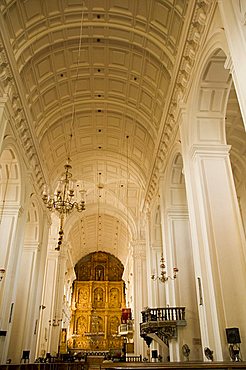
Se Cathedral, thought to be Asia's biggest church, UNESCO World Heritage Site, Old Goa, Goa, India, Asia
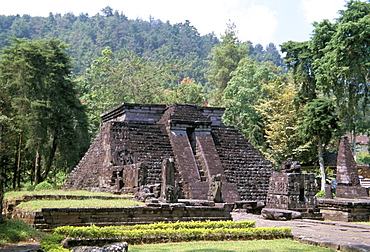
The 15th century temple of Candi Sukuh, on slopes of Gunung Lawu, east of Solo, thought to be linked to fertiflity cult, island of Java, Indonesia, Southeast Asia, Asia
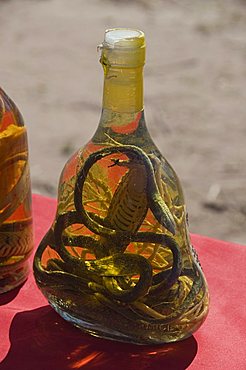
Snakes in bottles of spirits thought to have medicinal properties, Laos, Indochina, Southeast Asia, Asia
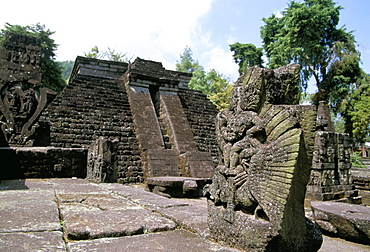
Garuda in front of the 15th century temple of Candi Sukuh, on slopes of Gunung Lawu, east of Solo, thought to be linked to fertiflity cult, island of Java, Indonesia, Southeast Asia, Asia
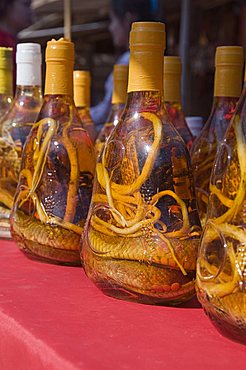
Snakes in bottles of spirits thought to have medicinal properties, Laos, Indochina, Southeast Asia, Asia
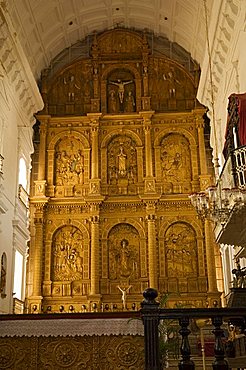
Se Cathedral, thought to be Asia's biggest church, UNESCO World Heritage Site, Old Goa, Goa, India, Asia
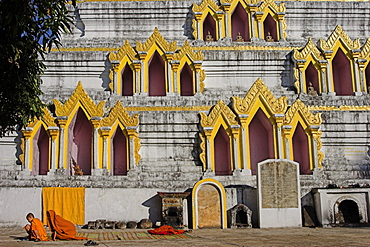
Novice monk sitting on mat writing, Wat Jong Kham, thought to date from the 13th century, Kengtung (Kyaing Tong), Shan State, Myanmar (Burma), Asia
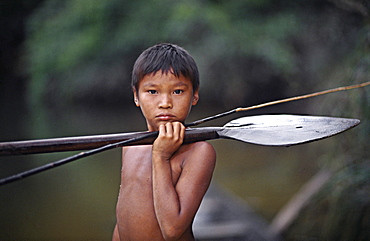
The idea of the interconnectedness of all things is central to the tribal way of looking at the world. practical knowledge of the environment, of crops and medicines, of hunting and fishing, is a byproduct of it. the makuna believe that human beings, animals, and all of nature are parts of the same one. animals and fish live in their own communities, which are just like human communities, with their chiefs, their shamans, their dance houses, their songs, and their material possessions. when human peoples dance in this world, the shaman invites the animal people to dance in theirs. if humans do not dance and shamans do not offer spirit food to the animal people, the animals will die out and there will be no more game left in the world. for the makuna the radical disjunction so characteristic of western thought between nature and culture, men and animals, dissolves. eastern colombia amazon, vaupes region, population: 600
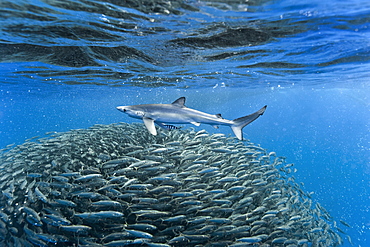
Shark thought to be a tope with a zebra fish in attendance passes a large ball of blue jack mackerel (Trachurus picturatus) mid ocean, Azores, Portugal, Atlantic, Europe
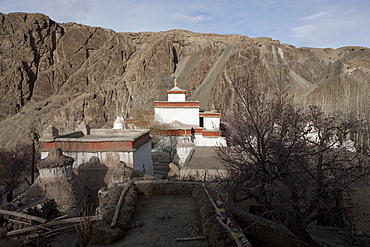
The 11th century monastery complex at Alchi. Within the simple exterior are exceptional murals thought to have been painted by artists from the Kashmir Valley. The murals are considered as some of the world's finest examples of Indo-Tibetan art. Ladakh, India

Wat Jong Kham thought to date from the 13th century, Kengtung (Kyaing Tong), Shan State, Myanmar (Burma), Asia
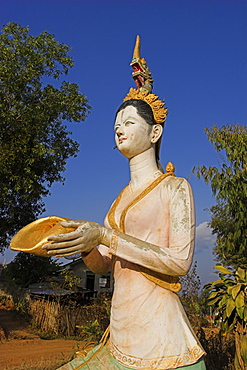
Statue opposite Wat Jong Kham thought to date from the 13th century, Kengtung (Kyaing Tong), Shan State, Myanmar (Burma), Asia
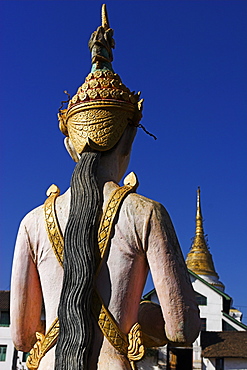
Statue opposite Wat Jong Kham thought to date from the 13th century, Kengtung (Kyaing Tong), Shan State, Myanmar (Burma), Asia
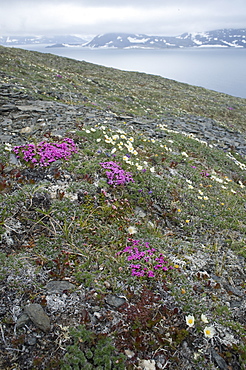
Whalebone Alley grand vista, high altitude flora, Itygran Island (Bering Sea) Russia, Asia. MORE INFO: Whale Bone Alley was discovered by Soviet archaeologists in 1976, but has remained untouched since and little is known of this place. There is a long double line of bowhead whale bones -- jaws and ribs -- running parallel along the shore for hundreds of yards. Many of the bones, especially the enormous jaw bones, are still standing, propped up by lichen-covered rocks. The location is thought to have been used in about 1300 as a ceremonial site, for a men's secret society or feasting site.
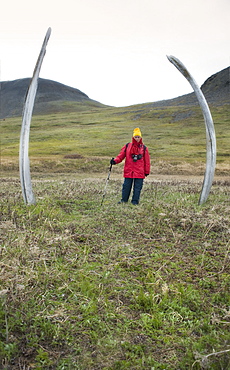
Whalebone Alley, female tourist standing between bow head whale rib bones, Itygran Island (Bering Sea) Russia, Asia. MORE INFO: Whale Bone Alley was discovered by Soviet archaeologists in 1976, but has remained untouched since and little is known of this place. There is a long double line of bowhead whale bones -- jaws and ribs -- running parallel along the shore for hundreds of yards. Many of the bones, especially the enormous jaw bones, are still standing, propped up by lichen-covered rocks. The location is thought to have been used in about 1300 as a ceremonial site, for a men's secret society or feasting site.
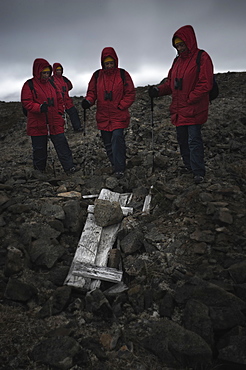
Whalebone Alley, female tourist standing around still intact extremly old inuit elder grave, skeleton still present. Itygran Island (Bering Sea) Russia, Asia. MORE INFO: Whale Bone Alley was discovered by Soviet archaeologists in 1976, but has remained untouched since and little is known of this place. There is a long double line of bowhead whale bones -- jaws and ribs -- running parallel along the shore for hundreds of yards. Many of the bones, especially the enormous jaw bones, are still standing, propped up by lichen-covered rocks. The location is thought to have been used in about 1300 as a ceremonial site, for a men's secret society or feasting site.
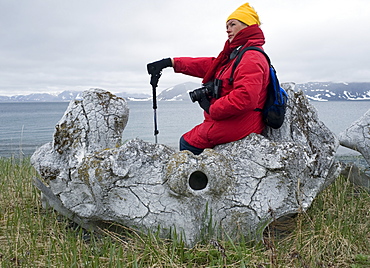
Whalebone Alley, female tourist sitting on bowhead whale bone, Itygran Island (Bering Sea) Russia, Asia. MORE INFO: Whale Bone Alley was discovered by Soviet archaeologists in 1976, but has remained untouched since and little is known of this place. There is a long double line of bowhead whale bones -- jaws and ribs -- running parallel along the shore for hundreds of yards. Many of the bones, especially the enormous jaw bones, are still standing, propped up by lichen-covered rocks. The location is thought to have been used in about 1300 as a ceremonial site, for a men's secret society or feasting site.
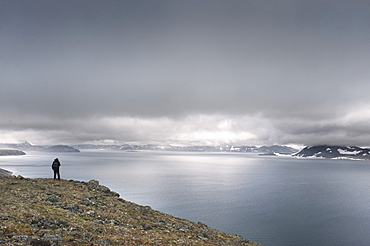
Whalebone Alley grand vista, female tourist standing on cliff face, Itygran Island (Bering Sea) Russia, Asia. MORE INFO: Whale Bone Alley was discovered by Soviet archaeologists in 1976, but has remained untouched since and little is known of this place. There is a long double line of bowhead whale bones -- jaws and ribs -- running parallel along the shore for hundreds of yards. Many of the bones, especially the enormous jaw bones, are still standing, propped up by lichen-covered rocks. The location is thought to have been used in about 1300 as a ceremonial site, for a men's secret society or feasting site.
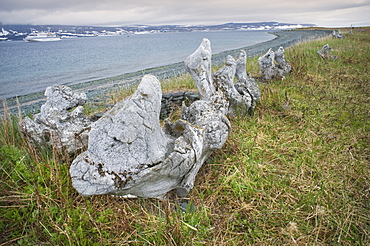
Whalebone Alley, Bowhead whale bones, Itygran Island (Bering Sea) Russia, Asia. MORE INFO: Whale Bone Alley was discovered by Soviet archaeologists in 1976, but has remained untouched since and little is known of this place. There is a long double line of bowhead whale bones -- jaws and ribs -- running parallel along the shore for hundreds of yards. Many of the bones, especially the enormous jaw bones, are still standing, propped up by lichen-covered rocks. The location is thought to have been used in about 1300 as a ceremonial site, for a men's secret society or feasting site.
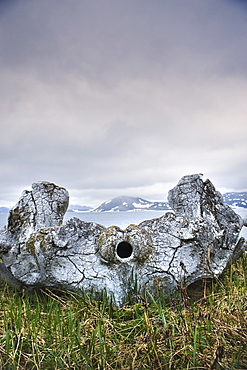
Whalebone Alley, Bowhead whale bone, Itygran Island (Bering Sea) Russia, Asia. MORE INFO: Whale Bone Alley was discovered by Soviet archaeologists in 1976, but has remained untouched since and little is known of this place. There is a long double line of bowhead whale bones -- jaws and ribs -- running parallel along the shore for hundreds of yards. Many of the bones, especially the enormous jaw bones, are still standing, propped up by lichen-covered rocks. The location is thought to have been used in about 1300 as a ceremonial site, for a men's secret society or feasting site.

Whalebone Alley grand vista, female tourist standing on cliff face, Itygran Island (Bering Sea) Russia, Asia. MORE INFO: Whale Bone Alley was discovered by Soviet archaeologists in 1976, but has remained untouched since and little is known of this place. There is a long double line of bowhead whale bones -- jaws and ribs -- running parallel along the shore for hundreds of yards. Many of the bones, especially the enormous jaw bones, are still standing, propped up by lichen-covered rocks. The location is thought to have been used in about 1300 as a ceremonial site, for a men's secret society or feasting site.
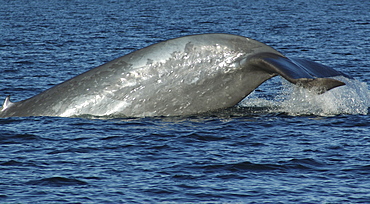
Blue whale (Balaenoptera musculus). The huge tail stock of a blue whale showing lots of round scars thought to be from cookie cutter sharks. The tiny dorsal fin is clealry visible to the left. Gulf of California.
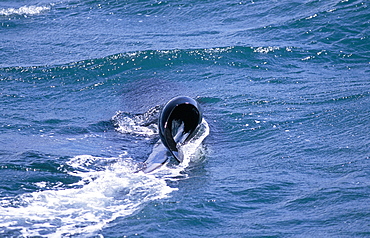
Killer whale (Orcinus orca): this is a male but the dorsal fin has flopped over. This is probably genetic and not thought to be a big problem. Olafsvik, Iceland.
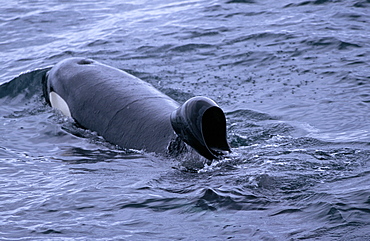
Killer whale (Orcinus orca): this is a male but the dorsal fin has flopped over. This is probably genetic and not thought to be a big problem. Olafsvik, Iceland.
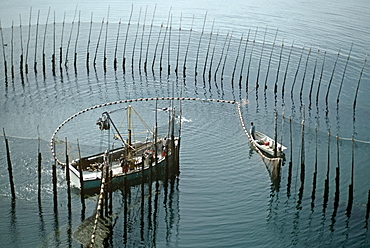
Harbour porpoise (Phocoena phocoena) caught in herring weir (fish trap). Porpoises trapped in herring weirs often die as a result of efforts to remove them (by 'seining' the weir as shown here) but latterly cooperation between fishermen and researchers has improved the situation. Five porpoises were trapped in this weir and none were thought to have survived this operation. Grand Manan, Bay of Fundy, Canada
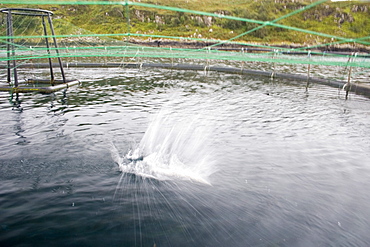
Salmon in fish farm. Salmon jumping in fish farm, behaviour thought to be associated with dislodging lice. Hebrides, Scotland
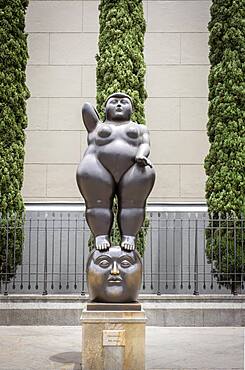
Pensamiento or thought sculpture by Fernando Botero, in Plaza Botero, Botero square, Medellín, Colombia

The theme is child and summer beach holiday. A small Caucasian boy sits sideways on a wooden pier and admires the view of the sandy beach and the pond, the river. With bare legs in blue denim shorts
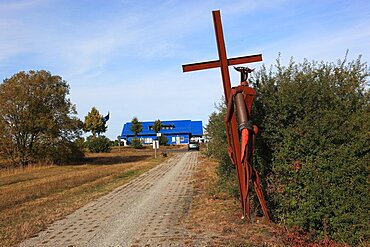
Weg der Hoffnung, work of art, memorial, food for thought, an art project of the Point Alpha Foundation, The Weg der Hoffnung with its 14 stations ties in with the Christian Way of the Cross, Point Alpha, memorial, commemorative and meeting place on the road between Geisa (Thuringia) and Rasdorf (Hesse), Germany, Europe

Chalk hand drawn brain with assorted food, food for brain health and good memory: fresh salmon fish, green vegetables, nuts, berries on black background. Foods to boost brain power, top view
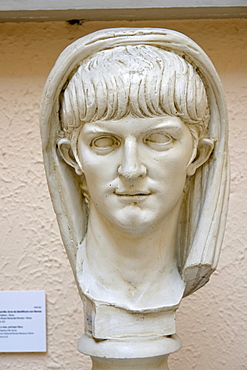
Replica of a portrait of a young man, thought to be Nero, midst of 1st century, original in the Museo Nazionale Romano, Museo della Civilta Romana, Rome, Latium, Italy, Europe

Brain concept background. creative thinking idea to problem solving concept. Virtual brain and connection line network education concept.creative thinking idea innovation strategy, AI generated

Worried man sitting on the side of the bed and angry wife. Worried man in bed with erectile dysfunction. Concept of crisis and couple problems in bed, Managua, Nicaragua, Central America

Thoughtful woman looking at the sea at Megali Petra beach with turquoise water of Lefkada island, Ionian Sea, Greece, Europe
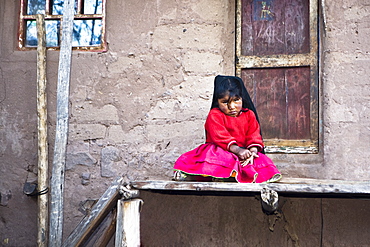
Portrait of a girl sitting in front of the gate of a house, Taquile Island, Lake Titicaca, Puno, Peru
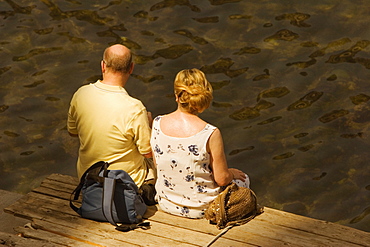
Rear view of a couple sitting on a boardwalk, Bay of Naples, Sorrento, Sorrentine Peninsula, Naples Province, Campania, Italy
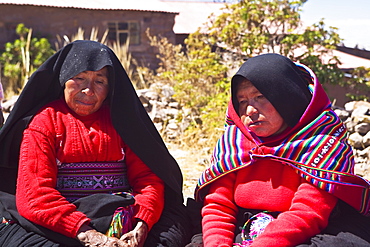
Close-up of two mature women taking part in a wedding ceremony, Taquile Island, Lake Titicaca, Puno, Peru
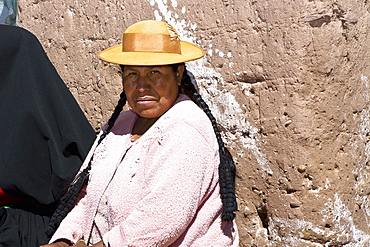
Portrait of a mid adult woman taking part in a wedding ceremony, Taquile Island, Lake Titicaca, Puno, Peru
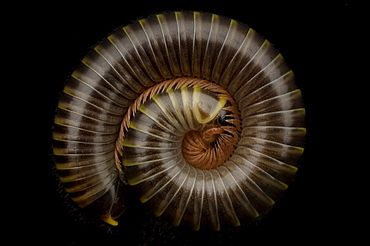
The Florida Ivory millipede (Spirobolida: Spirobolidae) a class of arthropod is thought to be among the first animals to have colonized land during the Silurian geologic period. The millipede's most obvious feature is its large number of legs. contrary to the Latin derivative of their name (thousand foot) the common species have between 80 and 400 legs.
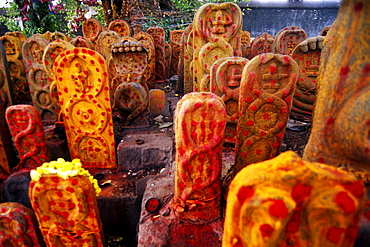
Naga is the Sanskrit and Pali word for a deity or class of entity or being, taking the form of a very large snake, found in Hinduism and Buddhism. In India, nagas are considered nature spirits and the protectors of springs, wells and rivers. They bring rain, and thus fertility, but are also thought to bring disasters such as floods and drought. According to traditions nagas are only malevolent to humans when they have been mistreated. They are susceptible to mankind's disrespectful actions in relation to the environment. They are also associated with waters &33; rivers, lakes, seas, and wells &33; and are generally regarded as guardians of treasure.They are objects of great reverence in some parts of southern India where it is believe that they bring fertility and prosperity to their venerators. Expensive and grand rituals are conducted in their honour.

A lone, young man walks along a long, empty, prairie, dirt road found along the foothills that border the Rocky mountains in southern Alberta during October of 2005. Much of this area of low population density, large ranches and farms nestled at the base of the southern Rocky mountains is changing hands to concentrations of people in tight and clustered housing with paved roads.
